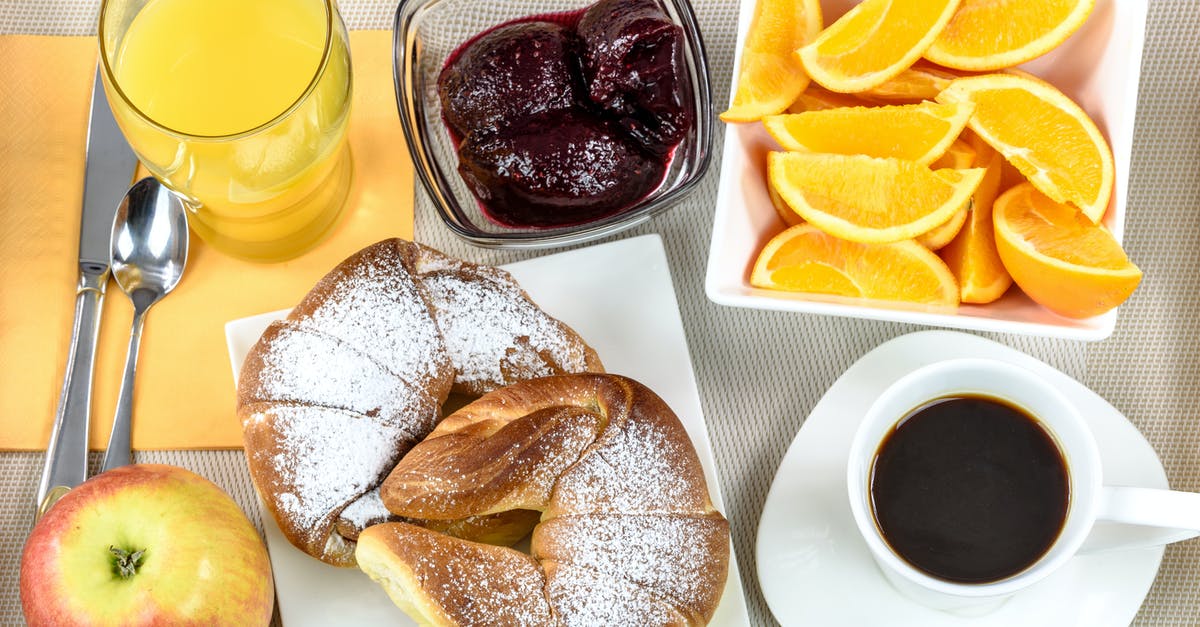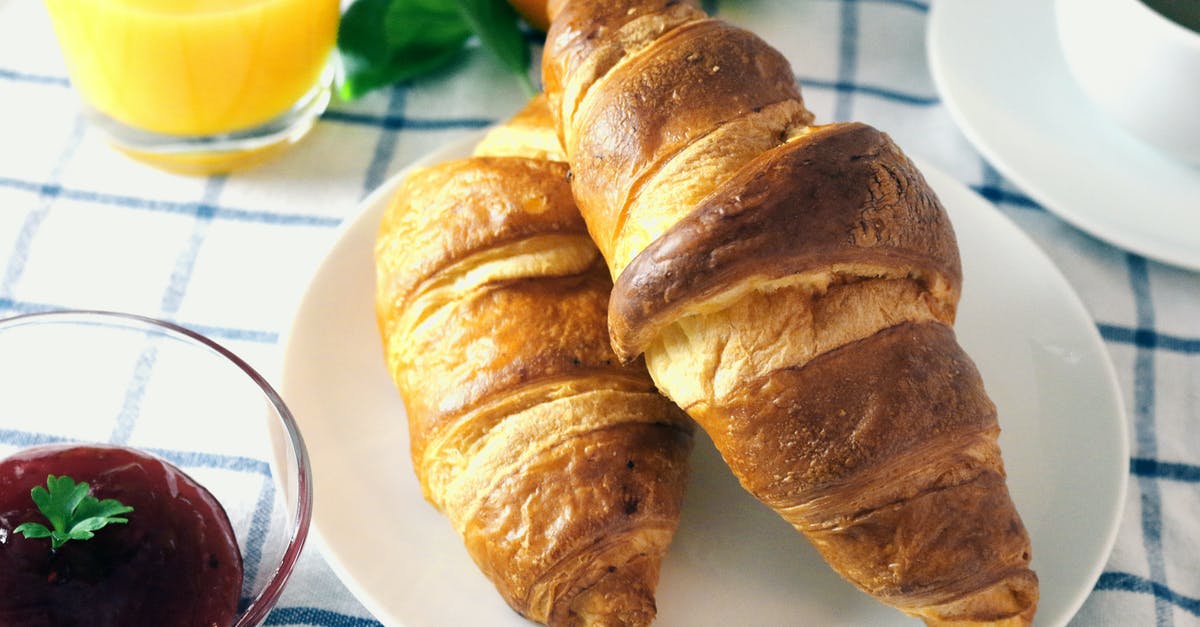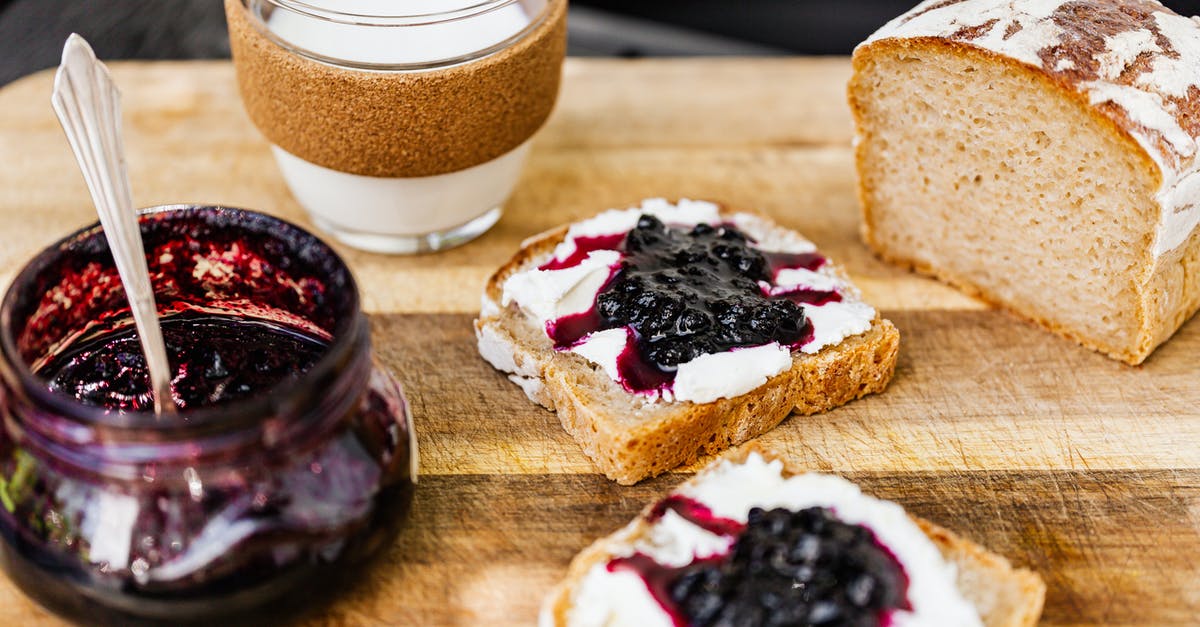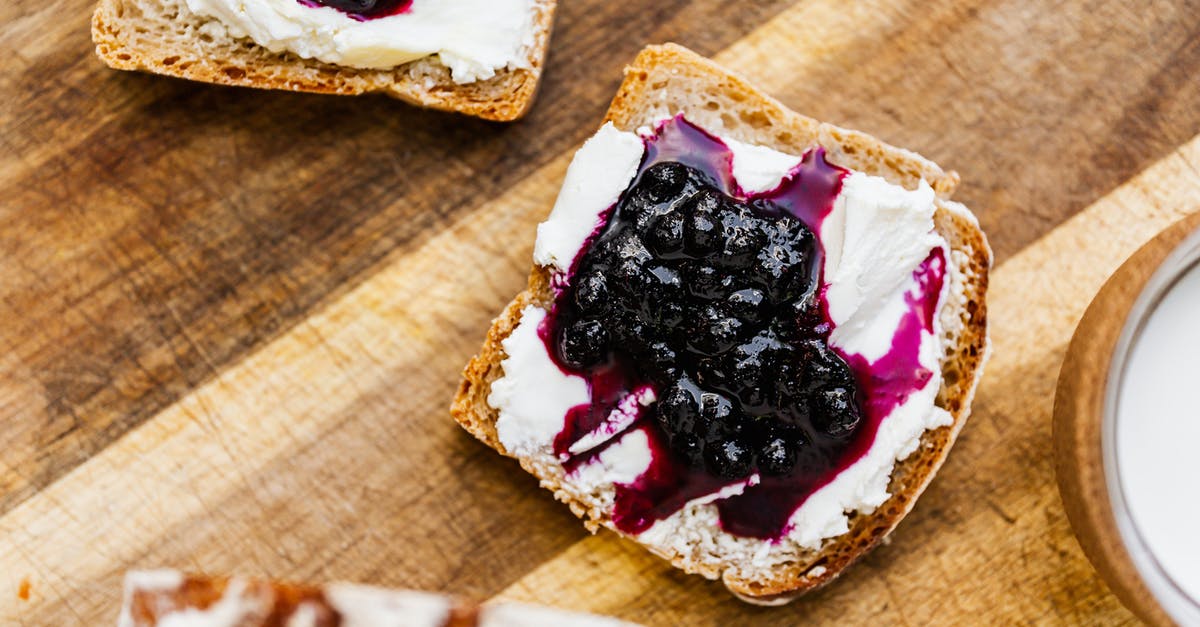Jam and Marmalade setting

I recently made a batch of marmalade and Ginger Marmalade and although I used the same recipe as I have before, this batch did not set very well at all. I didn't use any extra setting agent. My question is, can I reheat the marmalade and add in some pectin to hopefully set it ?
Best Answer
Yes you can. You do want to make sure you have given your marmalade a couple of weeks to set completely before deciding to remake with additional pectin.
In the US, pectin found on grocery store shelves generally contain a sheet with basic recipes, as well as instructions on how to remake your cooked jam/jelly/marmalade if it doesn't set properly.
Here are additional options from The National Center for Home Food Preservation:
Making Jams and Jellies
Remaking Soft Jellies
Measure jelly to be recooked. Work with no more than 4 to 6 cups at a time.
Please read Using Boiling Water Canners before beginning. If this is your first time canning, it is recommended that you read Principles of Home Canning.
To Remake With Powdered Pectin
For each quart of jelly, mix ¼ cup sugar, ½ cup water, 2 tablespoons bottled lemon juice, and 4 teaspoons powdered pectin. Bring to a boil while stirring. Add jelly and bring to a rolling boil over high heat, stirring constantly. Boil hard ½ minute. Remove from heat, quickly skim foam off jelly, and fill sterile jars, leaving ¼-inch headspace. Adjust new lids and process as recommended in Table 1. For more information on how to sterilize jars see "Sterilization of Empty Jars".
To Remake With Liquid Pectin
For each quart of jelly, measure ¾ cup sugar, 2 tablespoons bottled lemon juice, and 2 tablespoons liquid pectin. Bring jelly only to boil over high heat, while stirring. Remove from heat and quickly add the sugar, lemon juice, and pectin. Bring to a full rolling boil, stirring constantly. Boil hard for 1 minute. Quickly skim off foam and fill sterile jars, leaving ¼-inch headspace. Adjust new lids and process as recommended in Table 1.
To Remake Without Added Pectin
For each quart of jelly, add 2 tablespoons bottled lemon juice. Heat to boiling and boil for 3 to 4 minutes. Use one of the tests described in Testing Jelly without Added Pectin to determine jelly doneness. Remove from heat, quickly skim off foam, and fill sterile jars, leaving ¼-inch headspace. Adjust new lids and process as recommended in Table 1..
Pictures about "Jam and Marmalade setting"



Quick Answer about "Jam and Marmalade setting"
marmalade cooked to the upper end of the range (220–221°F or 105ºC) is set just right for me: 220°F is considered the setting point of jam, also known as the gelling point, and this is where things get really interesting.What is the setting point for marmalade?
The temperatures required for setting point are: Jams and marmalades: between 104 degrees and 105.5 degrees. Jellies: between 104 degrees and 105 degrees.Can you use jam setting sugar for marmalade?
Easily make jams, chutneys, jellies and marmalades with CSR Jam Setting Sugar. Made with a special blend of ingredients, you're sure to get that fruity flavour and soft, lumpy jam texture perfect every time.What is the set temperature for jam?
The target temperature range of jams and jellies is 217-222\xb0F (103-106\xb0C)\u2014the target temperature may vary slightly for each recipe.How do you make a marmalade runny set?
There is another way of re-making runny marmalade. Instead of thickening the marmalade by re-boiling it, pour the marmalade to a large baking tray and place in the oven on low heat (about 100C) for an hour or two.How to : Test the setting point of jam or marmalade: homemade preserves
Sources: Stack Exchange - This article follows the attribution requirements of Stack Exchange and is licensed under CC BY-SA 3.0.
Images: PhotoMIX Company, JÉSHOOTS, Karolina Grabowska, Karolina Grabowska
